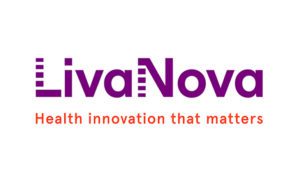 LivaNova (NSDQ:LIVN) announced that it completed the first patient implant in a study of its LivaNova aura6000 system.
LivaNova (NSDQ:LIVN) announced that it completed the first patient implant in a study of its LivaNova aura6000 system.
London-based LivaNova designed the aura6000 system to maintain muscle tone of the tongue and upper airway so that airway obstruction and resulting sleep apnea are significantly reduced or eliminated. The hypoglossal neurostimulator system includes a programmable, rechargeable and implantable pulse generator (IPG) implanted in a subcutaneous pocket near the patient’s clavicle during an outpatient procedure.
The IPG generates mild stimulation that is delivered via lead to the hypoglossal nerve, stimulating the patient’s tongue during sleep to keep the airway open as an alternative to the traditional CPAP machine, according to a news release. The company said the aura6000 system allows patients to sleep without being connected to masks, hoses or mouthpieces.
LivaNova is conducting the Osprey FDA investigational device exemption (IDE) study of aura6000 at approximately 20 sites in the U.S., with plans to enroll a maximum of 150 adult patients with moderate to severe obstructive sleep apnea (OSA) who do not achieve results from a traditional CPAP machine or have declined its use.
The first OSPREY patient was implanted by Dr. Mitchell Miller at BayCare’s Morton Plant Hospital in Clearwater, Florida.
“Approximately one billion people worldwide live with OSA, but most are undiagnosed and untreated1, which can seriously impact their health, increasing the rates of death, stroke, hypertension, motor vehicle accidents, heart failure, diabetes, depression and daytime sleepiness,” LivaNova CEO Damien McDonald said in the release. “There is a great need to offer patients diagnosed with OSA new and less restrictive treatment options. The Osprey study will be the first RCT to confirm efficacy of hypoglossal nerve stimulation and now, with the first Osprey patient implanted, we are another step closer to successfully bringing the innovative aura6000 system to market.”